The Right to Protest
A Pillar of Democracy
Around the world, protests have been taking place with regards to the situation in Gaza and once again, the right to protest has become a contentious issue around the world. From the streets of London to the squares of Washington, D.C., the act of raising one’s voice in dissent has taken centre stage. It’s a fundamental right, deeply rooted in the ethos of democracy, and a cornerstone of civil society. Yet, as we witness the ebbs and flows of political landscapes, the question of whether this cherished right is being upheld and respected is more pressing than ever.
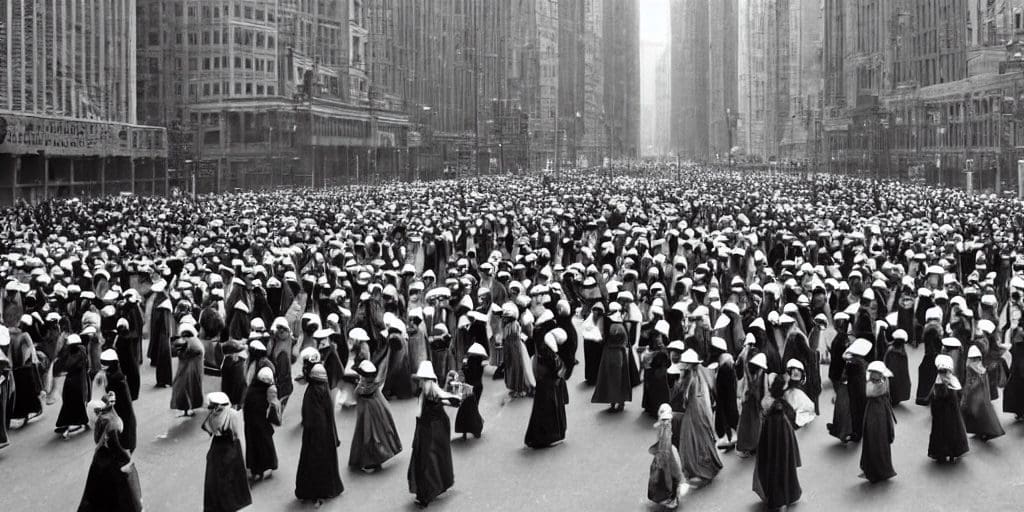
Table of Contents
The Foundational Right to Protest
The right to protest is not a new concept. It is for example enshrined in the First Amendment of the United States Constitution, which reads, “Congress shall make no law respecting an establishment of religion, or prohibiting the free exercise thereof; or abridging the freedom of speech, or of the press, or the right of the people peaceably to assemble, and to petition the Government for a redress of grievances.” The framers of the Constitution understood the importance of allowing citizens to voice their concerns and grievances.
This right is not unique to the United States. Many democracies across the globe guarantee their citizens the freedom to assemble and protest. It is a recognition that in a truly representative system, the government is accountable to the people, and the people have a right to peacefully express their disagreements or dissatisfaction.
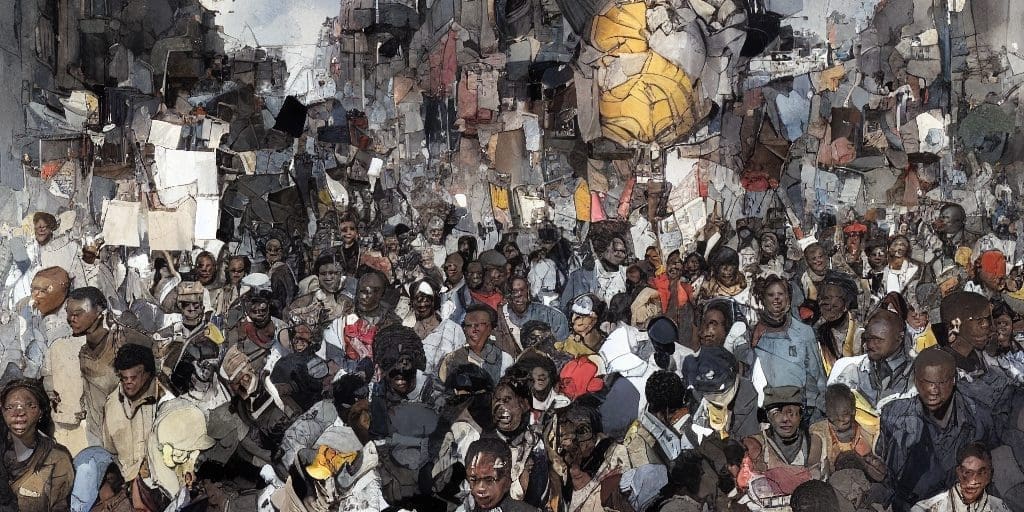
The Power of Protest
Protest has been a catalyst for some of the most significant changes in history. The civil rights movement in the United States, the end of apartheid in South Africa, and the fall of the Berlin Wall are just a few examples of the transformative power of collective dissent.
Protests serve as a release valve for societal pressure. They give voice to marginalized groups and hold those in power accountable. Moreover, they often shed light on issues that might otherwise be swept under the rug. When people take to the streets, they bring attention to problems that demand resolution.
Challenges to the Right to Protest
While the right to protest is essential, it faces challenges from various quarters. One of the most significant threats comes from governments that seek to curtail this right in the name of maintaining order. The suppression of protests can take many forms, from the use of excessive force by law enforcement to the imposition of strict regulations on public gatherings.
Historically, we’ve seen instances where peaceful protests around the world have been met with an alarming show of force. The use of rubber bullets, tear gas, and militarized police in response to demonstrations has raised serious concerns about the abuse of power. Protecting the right to protest means ensuring that dissenting voices are not silenced through violence or intimidation.
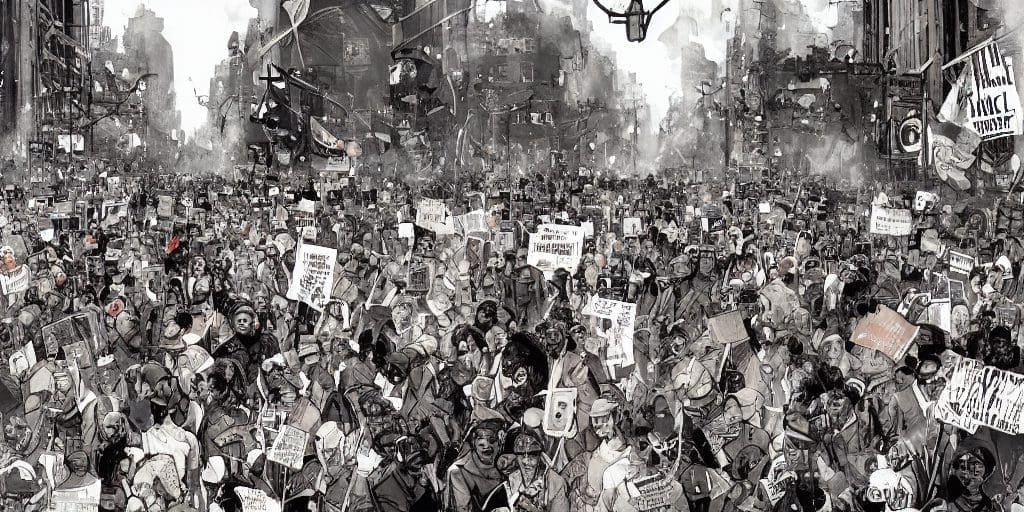
Freedom of Expression vs. Public Safety
Balancing the right to protest with public safety is a complex task. While the freedom to assemble and express dissent should be upheld, it is also crucial to protect the safety of all citizens. The challenge lies in finding the right balance.
One potential solution is to establish clear guidelines for law enforcement when dealing with protests. These guidelines should prioritize de-escalation and the protection of protesters’ rights. Additionally, accountability mechanisms should be in place to address any instances of excessive force or abuse of power.
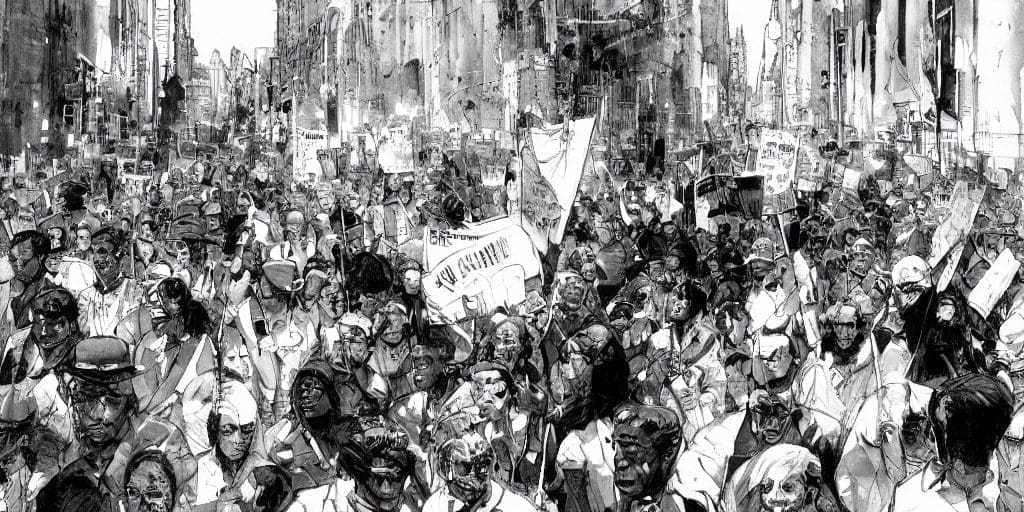
The Role of Technology
In the digital age, technology has played a significant role in shaping how protests are organized and covered. Social media platforms have made it easier for activists to mobilize and reach a broader audience. At the same time, these platforms have also become battlegrounds for information and disinformation.
One pressing issue is how to regulate the spread of false information during protests without infringing on free speech. Striking a balance between curbing misinformation and preserving the right to express one’s opinion is essential. Developing tools and policies that can identify and combat disinformation while respecting the principles of free speech is a complex but necessary task.

Protecting Democracy
The right to protest is a vital component of a healthy democracy. It allows citizens to voice their concerns, hold those in power accountable, and advocate for change. However, it is not a right that should be taken for granted. It requires vigilant protection and the establishment of clear guidelines to ensure that it is exercised peacefully and safely.
In a world where the political climate is often polarized and contentious, the right to protest serves as a reminder of the strength of democratic values. It is a testament to the idea that even in the face of adversity, citizens can come together to demand a better future.
As we move forward, we must remember that the right to protest is not just about the act of dissent itself; it is about upholding the principles of democracy and ensuring that the voices of the people are heard. It is a responsibility that falls not only on governments but on all of us as active participants in the democratic process. By protecting this fundamental right, we protect the very essence of our democracy.




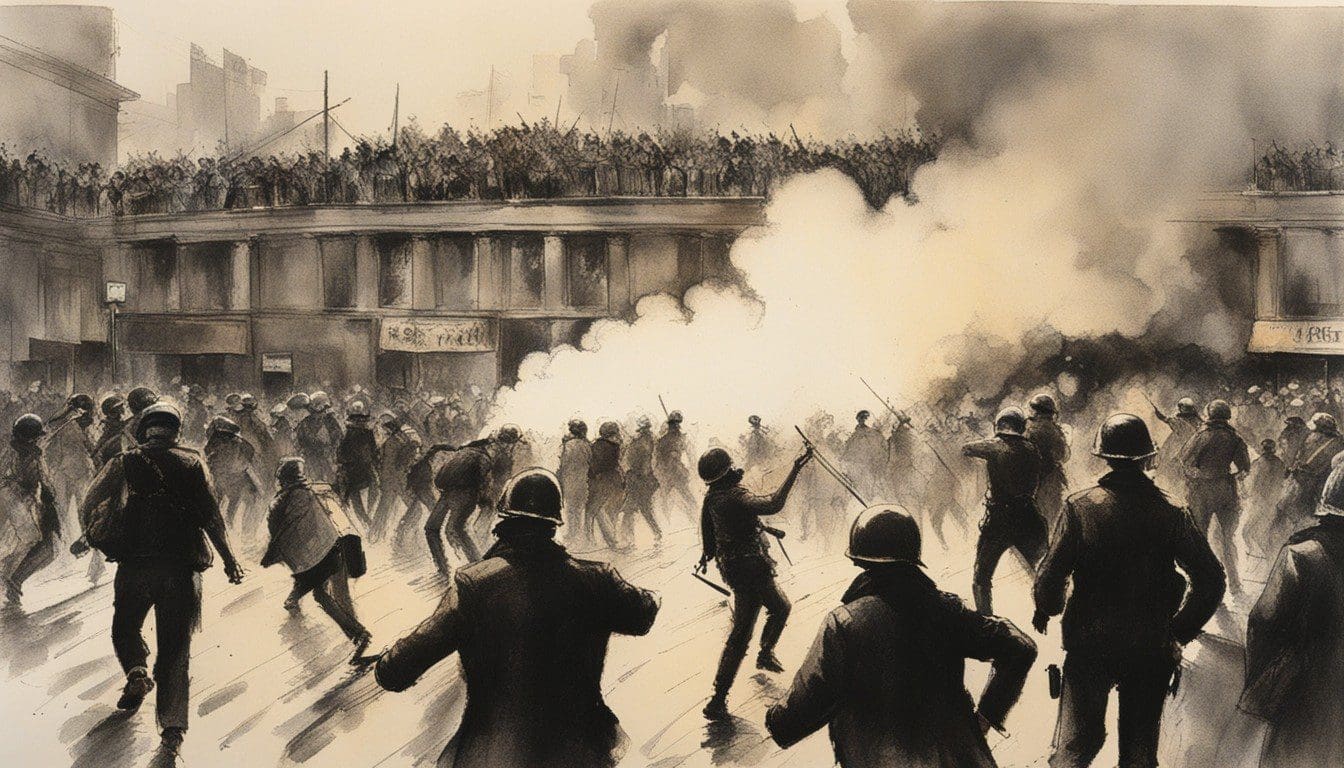



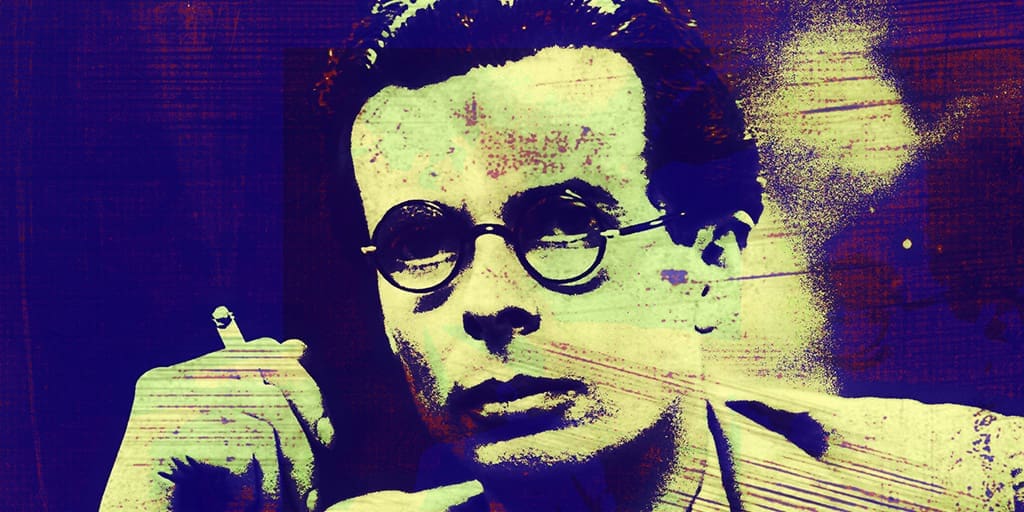

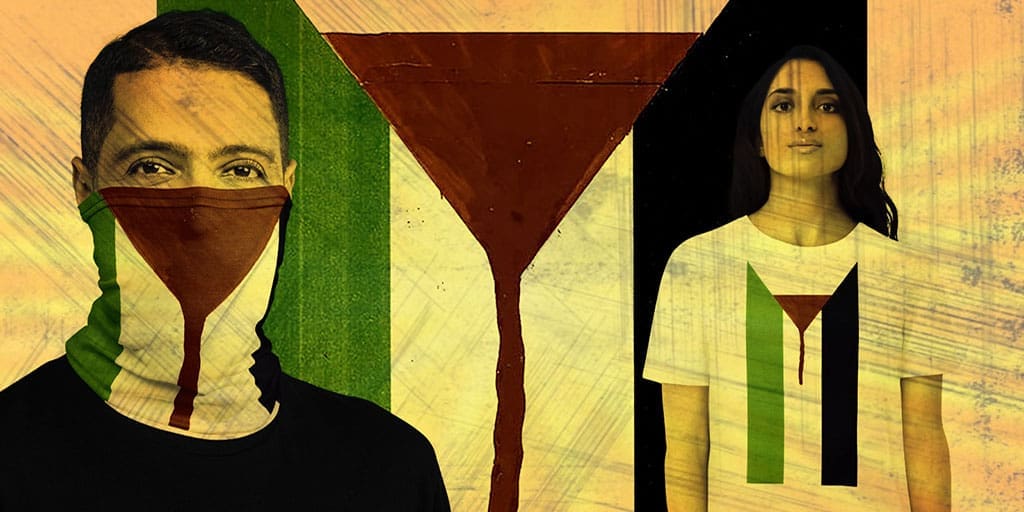






























Leave a Comment